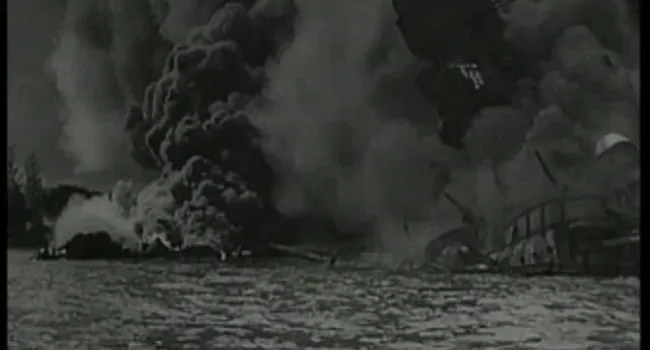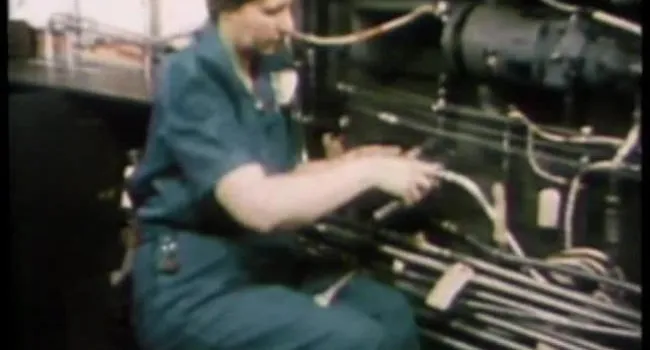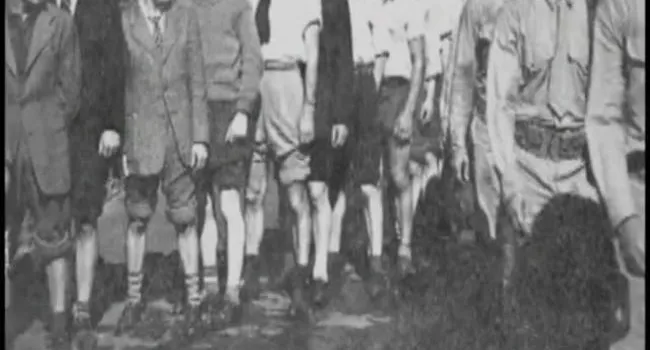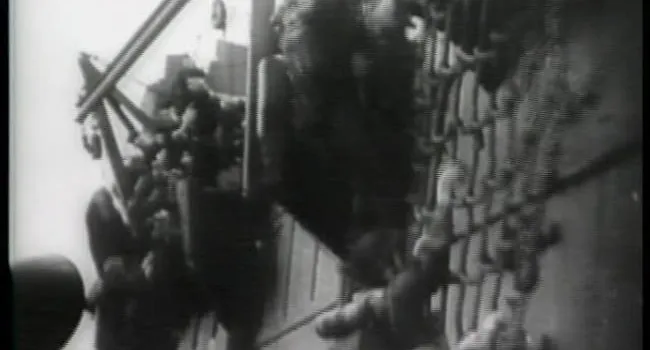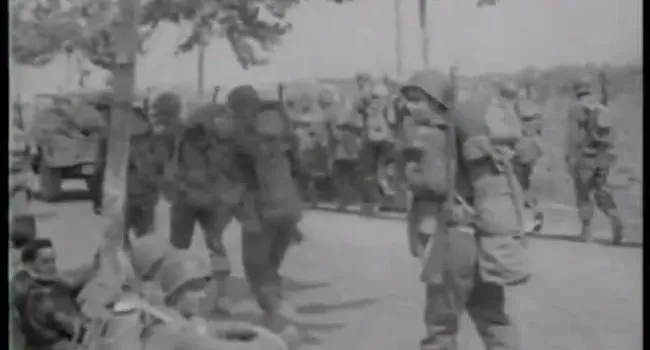Kaltura
Ernest Henderson, a Tuskegee Airman, discusses Eleanore Roosevelt's visit to the airfield and her interest in flying in one of their airplanes, and so she did. When she got back to Washington, she made it clear to the President that the Tuskegee Airmen could fly!
Standards
- 5.3 Demonstrate an understanding of the economic, political, and social effects of World War II, the Holocaust, and their aftermath (i.e., 1930–1950) on the United States and South Carolina.
- 5.3.E Analyze multiple perspectives on the economic, political, and social effects of World War II and its aftermath using primary and secondary sources.
- 5.3.CE Analyze the cause and effect of government-sponsored policies within the United States and Europe related to the status of different groups, to include the Holocaust.
- 5.3.CX Contextualize the technological and geographic influence on military strategies in the Pacific and European theaters of war of World War II.
- 8.5.CO Compare South Carolina and U.S. wartime contributions and demobilization after World War II.
- USHC.4.CC Examine the continuity and changes on the U.S. homefront surrounding World War I and World War II.
Ernest Henderson, un aviador de Tuskegee, habla sobre la visita de Eleanore Roosevelt al aeródromo y su interés en volar en uno de sus aviones, y así lo hizo. Cuando regresó a Washington, le dejó en claro al presidente que los aviadores de Tuskegee podían volar.

